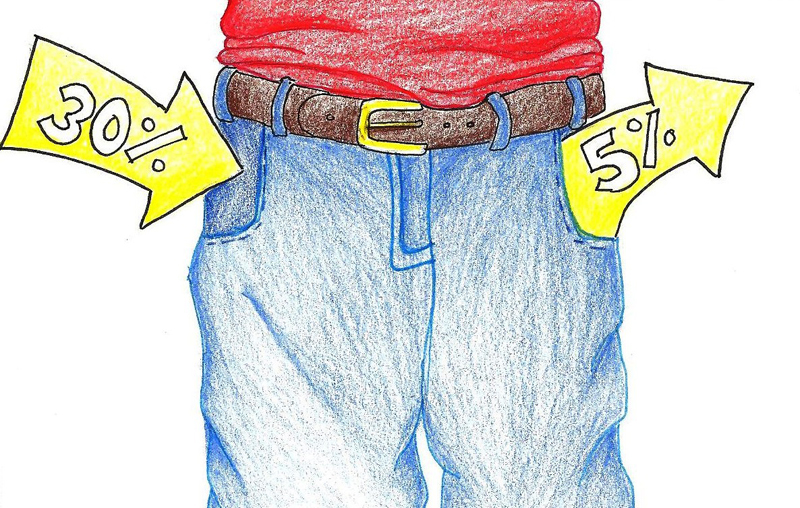Post-secondary students in Ontario can expect tuition fees to rise once again after the Ontario government extended a 5 per cent tuition increase cap for the seventh year in a row.
Undergraduate students in Ontario already pay the highest tuition fees in Canada, and the March 8 announcement means tuition will rise by 5 per cent again next fall.
“We implemented our current regulated Tuition Fee Framework to ensure that post-secondary education in Ontario is accessible, affordable – and [also] of top quality,” said Tanya Blazina, spokesperson for the Ministry of Training, Colleges and Universities in an email.
Along with the 5 per cent increase, no changes will be made to require universities to install their own set fees for arts and science programs, according to the ministry’s statement.
“The government is committed to Ontario students having access to high-quality post-secondary education,” Blazina added.
Sam Andrey, executive director of the Ontario Undergraduate Student Alliance (OUSA), said the organization’s disappointed with the announcement
“I think that 5 per cent means that tuition will continue to grow above inflation,” he said.
That said, Andry applauded the Ontario government for its 30 per cent off tuition grant, which will continue, along with freezing and eventually eliminating deferral fees and flat fees.
“That was a positive thing that will help students, but that was a small piece of the announcement versus disappointing news on the 5 per cent increase,” Andry said.
Despite the 30 per cent cut, some students are unhappy about the government’s decision to continue the 5 per cent overall tuition hike.
“The benefits of the 30 per cent rebate are helpful now to a certain extent, but in a few years, because of the 5 per cent tuition increase, tuition will be more expensive regardless of the rebate,” said Letissia Fadel, a first-year life science student at the University of Toronto.
Fadel pointed out that regardless of the cuts, Ontario students will still pay more money for school than the rest of the country.
“You can get the same quality education at McGill than you get at the University of Toronto,” she said. “I feel like the tuition hikes will only dissuade students from studying in Ontario when they can get quality education for a lot cheaper somewhere else.”
At least one Carleton student agrees that the hikes make it difficult to afford tuition year after year, but she pointed to a broader perspective.
“There are a lot of factors that come into effect,” said Jessica Chatelain, a first-year public affairs and policy management student. “We are in an economic state right now where citizens are requesting more aid than the government is able to give them and as a result, we are seeing less coverage and a rise in tuition.”
“The government is committed to making post-secondary education accessible on the basis of the ability to learn, not the ability to pay,” Blazina said.
The launch of the 30 per cent tuition rebate in January the Ontario Student Assistance Program (OSAP) and the increase in availability for grants, scholarships and bursaries are a few ways the government is honouring this commitment, Blazina said.
But Andry said the 5 per cent increase is another barrier for many students.
“There are lots of students that are statistically less likely to obtain a degree,” he said. “I don’t think that increasing tuition by 5 per cent makes it any more likely.”






